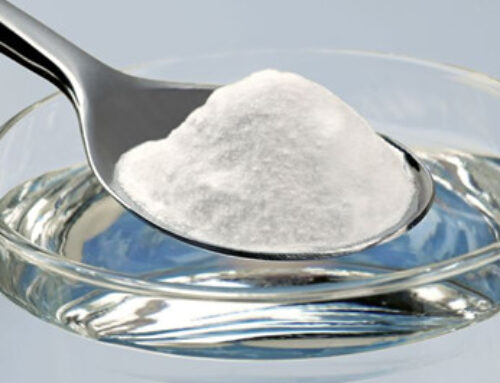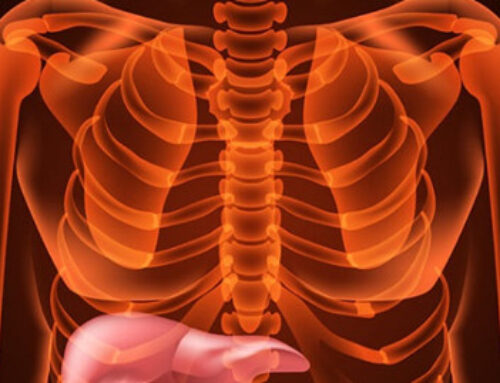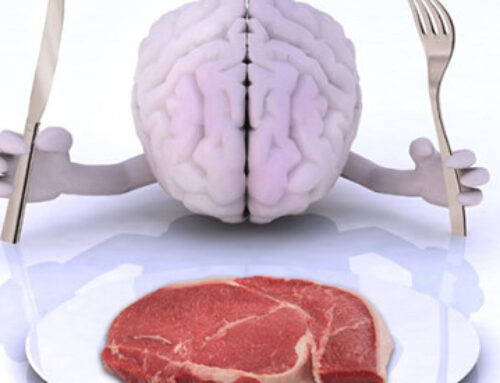Recently, the human microbiome has become a popular topic in science magazines and other published literature. The microbiome is the reason we are alive and we are just starting to understand how important the bacteria we carry in and on our body is. Without a gut full of healthy bacteria, we cannot exist for long in a healthy state. The state of our health is directly related to the condition of our microbiome. If our gut is healthy, then so are we.
Where does all the bacteria come from in the first place? When we are born, our digestive tracts are essentially sterile and we only have about 20 days to lay down the beneficial bacteria in our digestive tract before undesirable bacteria moves in. The original inoculation of healthy bacteria comes from the birth canal as we are moving through it. This has been referred to as the “vaginal gulp.” Breast milk is rich in the specific nutrients these new bacteria need to be able to colonize the digestive tract. Babies delivered by C-section do not get these bacteria during birth and moms who forgo breast feeding are not giving these bacteria the optimum starter food they need to thrive and multiply. Bottle-fed babies have a different set of bacteria in their gut and some studies have shown this predisposes them to certain health problems later in life.
There are 100 trillion microorganisms living on and in our digestive tract, skin, mouth, nose, ears and reproductive system. 99% of the DNA in your body is from microbes! We are a walking home for microbes. The science in this area is so new that things are constantly being discovered and more research is conducted every day. Read on for some of the most exciting developments.
A typical healthy body has a specific balance of about 20% opportunistic microbes, which can become pathogenic if they multiply enough, and 80% healthy microbes. Opportunistic microbes are not a threat when their numbers are kept at bay by the actions of the healthy microbes. However, if enough of your healthy microbes die, the opportunistic bacteria will take over and can cause sickness and disease. This is called gut dysbiosis and it is common in people who eat a diet loaded with processed grains, sugar and unhealthy fats.
There are many factors that contribute to the decline in the number of good gut bacteria. Let’s start with our consumption of chlorinated water. Our water is chlorinated to kill unhealthy microbes but it also kills healthy bacteria in our gut. To prevent this, drink only filtered water that is free of chlorine and other chemicals. Antibiotics are probably the biggest contributor to gut-related diseases. They can wipe out entire colonies in the digestive tract very quickly, allowing yeasts and other pathogenic microbes that naturally reside in small numbers in our digestive track to multiply. Candida is the most common yeast. Under the right conditions (it loves sugar), candida can increase exponentially and become extremely destructive to our body. Getting rid of it is a difficult and long process. Another factor that contributes to the destruction of the microbiome is our use of anti–inflammatory drugs. Ibuprofen is particularly bad and even birth control pills affect the health of our gut. It seems our love affair with anything convenient, specifically processed foods and over-the-counter and prescription drugs, can affect the health of our gut and, consequently, our entire body system.
The decline in gut health is seen in the many bowel problems people commonly complain about. Chronic constipation, diarrhea, IBS, SIBO, Crohn’s disease, ulcerative colitis and inflammatory bowel disease are obvious connections to an unhealthy gut but there are many other diseases that don’t immediately come to mind. Autoimmune diseases such as thyroid, Parkinson’s, MS and many others have been tied to the health of your microbiome. These diseases all depend on a dysfunctional gut to get started. Because 70-80% of our immune system is located in our gut, an unhealthy gut equals lowered immune function and more sickness and disease.
When the lining of the gut becomes compromised (as in leaky gut syndrome), undigested particles of food, bacteria, viruses, parasites and fungi can pass through the barrier that is in place in order to protect us. These inappropriate particles are seen as interlopers and our body mounts an immune response to attack and destroy those that shouldn’t have crossed the barrier. Unfortunately, when war is waged there is always collateral damage and in this case it is manifested as inflammation throughout the body. Runaway inflammation sets the stage for these disease processes to begin.
How do you know if your gut is not working well? Sometimes, symptoms are obvious but there are many people who have dealt with gut issues all their lives and no longer have a good frame of reference. They have become so accustomed to gut discomfort that it is the new normal for them. When you eat, there shouldn’t be any symptoms—no over-full feeling, no bloating, no gas, no pain or diarrhea or any other discomfort, just a nice feeling of satisfaction as your food is quietly digested. Problems with digestion are a good indicator, though not the only indicator, that the microbiome is out of balance.
How do we go about repairing a dysfunctional gut? The first step is to get the foods out of the diet that feed the “bad guys” and include more of the foods that promote the growth of the “good guys.” I know I sound like a broken record, but, once again, sugar is not good for your body because it feeds the bad microbes that live in your gut. (See my article Sugar is not Your Friend.) Processed foods that contain refined flours and other additives also feed the bad microbes. A good rule of thumb is: if a food is not nourishing to our health, it will nourish the gut’s dangerous pathogens.
You can re-inoculate your gut with good bacteria by taking a good quality probiotic several times a day but sometimes that is not enough. Learning how to make your own cultured foods is an excellent way to improve your overall health. Humans historically cultured many different kinds of foods simply out of necessity. Culturing was used to preserve foods for long periods of time. Scandinavians and Northern Europeans cultured cabbage and other vegetables, made quark, a type of cultured cheese made from fresh milk, and pickled fish like herring and cod. In Korea, kimchi, a spicy dish made with cabbage, garlic, tomatoes and other ingredients, has been a staple for thousands of years and in other parts of Asia, fermented soy has been consumed daily as a delicious and healthy condiment. In the Middle East, cultured dairy (yogurt and kefir) was the only way to keep milk from going sour without refrigeration. People in the Mediterranean used Lactobacillus to cure their hams and salamis. If you do some digging, you can find someone who is using these ancient methods to cure gourmet meats rather than the nitrates and other chemicals we use today.
Humans have consumed these healthy bacteria for eons, giving our species a truly symbiotic relationship with the microbes that live in our gut. Studies are showing that people with low levels of healthy bacteria suffer from a multitude of devastating health problems that resolve when the missing bacteria are replaced. For example, obese people tend to have high amounts of Firmicuties bacteria and slender people tend to have low levels or none at all. We think of E. coli as a dangerous pathogen but we have beneficial strains of E. coli that are indigenous to a healthy gut. You might be surprised to learn these healthy forms of E. coli are involved in the digestion of milk as they produce enzymes that break down lactose. This can explain why some people are good at digesting milk and others are not, depending on the levels of good E. coli they carry in their digestive tract. The same E. coli has another very important role, it keeps other dangerous strains of E. coli under control by fighting them off with natural antibiotic-like substances called colicins. It is unfortunate that this beneficial bacterium is unusually sensitive to broad spectrum antibiotics and is easily wiped out by a round or two of antibiotics. This could also explain why some people are more prone to food poisoning than others.
Other beneficial microbes in our gut have evolved to produce vitamins and they also work hard to ensure proper absorption of nutrients in our food. Some of the vitamins produced by healthy gut bacteria include vitamin B1 (thiamin), B2 (riboflavin), B3 (niacin), B5 (pantothenic acid), B6 (pyridoxine), B9 (folate), B12 (cyanocobalamin), vitamin K2, and many types of amino acids. We have not always had convenient access to foods. Humans have always had periods of famine and food scarcity. The ability of our gut bacteria to produce these life-essential vitamins and nutrients kept us alive when food was scarce or unavailable. Many people who struggle with health problems are deficient in the nutrients made by healthy gut bacteria—their internal vitamin factory is simply not working.
The science continues to show a multitude of health benefits that result from high levels of healthy bacteria and the disease processes that can easily take root when the microbiome is out of balance. It is often believed that medicine has all the answers to the health and wellness of the human body but there is still a large disconnect between nutrition and medicine. Taking the time to learn how to nourish yourself by preparing homemade nutrient-dense foods, including high-quality fermented foods, and consuming them several times daily ensures the microbes that make up the universe within are thriving and working to keep your body healthy. If they aren’t healthy, then you aren’t healthy either. If they are healthy, you will enjoy good health and be predisposed to avoid many diseases. This is the beauty of symbiosis.
Additional Resources:
- Explore the Human Biome – discover more about the bacteria, fungi and other micro-organisms that maintain human health through an interactive website created by Scientific American magazine.
- Ackerman, Jennifer. “How bacteria in our bodies protect our health.” Scientific American; June 2012. Digital edition available here.










